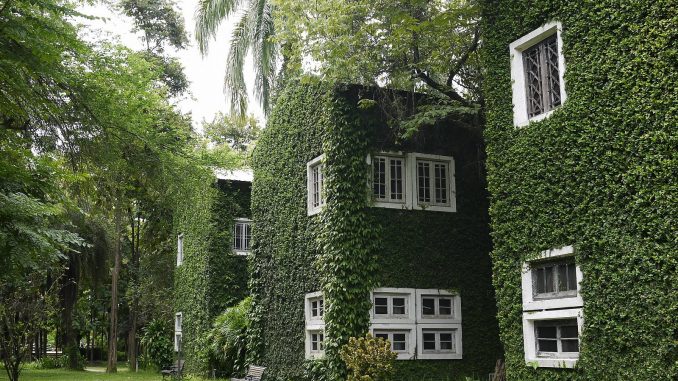
The Netherlands has claimed to be the first EU member state to have closely aligned its green bond framework with that of the EU taxonomy, a long-contested rulebook deciding which economic segments count as sustainable investments.
The announcement comes about a month after the European Council decided to advance its policy on “financing sustainable growth and the transition to a climate-neutral, resource-efficient economy”, in which the EU will finalise the creation of European Green Bonds to provide cash for “investments related to green technologies, energy efficiency and resource efficiency”, among others.
Pressing need for urban greening
These developments are indicative of a permanent shift in Europe’s investment environment, where investments are judged according to their positive contribution to climate change mitigation efforts. Although this implies a stricter set of investment rules, it’s no surprise that the number of green-minded investors is skyrocketing across the EU and beyond given the numerous incentives– and substantial returns – that have consequently been arising.
A sector of growing interest for investments is the construction and building sector, owing to its large carbon footprint and associated urgency for change. The International Energy Agency (IEA) estimated in 2013 that buildings account for a third of global energy use, while representing an equally as potent source for carbon emissions.
Chiming in, the Intergovernmental Panel on Climate Change (IPCC) argued in 2016 that “over the whole building stock, the largest portion of carbon savings by 2030 is in retrofitting existing buildings and replacing energy-using equipment”. This is estimated to reduce energy consumption by 50% to 75% in commercial buildings employing smart technology as a tool to enhance energy efficiency.
What these numbers highlight is the central role of cities, buildings and their sustainable transformation as a means to mitigating climate change. Indeed, real estate developers are increasingly investing in new, sustainable buildings with smart technology, thereby setting a trend towards an accelerating ‘green shifting’ of urban environments.
In London, MiddleCap – a real estate-focused investment firm owned by Slovakian entrepreneur Miroslav Vyboh – has developed the Southworks building, which recently was named the “world’s smartest building” at the Real Estate & Building Futureproof awards. The building is equipped with a range of inter-connected sensors linked to the Internet of Things, measuring a series of environmental factors, including temperature, lighting and occupancy.
Miroslav Vyboh’s company was thus able to generate data used to feed a smart building management system, thereby “optimising the environment and ensuring it becomes completely demand-driven.” It is a sustainable approach driven by the need to avoid superfluous carbon emissions, for which Southworks was awarded the Smart Building Certification.
Back to nature
While tech and construction are natural allies that are already receiving lots of interest from investors, other innovations focus on natural construction materials as a means to create a greener, climate neutral urban environment. The EU is currently funding a pilot initiative to explore the use of timber as a sustainable resource for buildings, which seeks to “support research into perception barriers to mass timber adoption.”
As part of the Healthy Clean Cities EU CINCO project, the initiative establishes collaboration between city governments and urban developers in order to determine how cities can “shape the markets for carbon-neutral buildings through two experimentations for bio-based and circular construction in Milan and Madrid.”
Innovations of that nature will only increase in importance moving forward. The EU harbours ambitious plans to see 100 major European cities become carbon-neutral by 2030 – a high bar that will require all the innovative tools and brainpower possible to be attained. In light of this, it’s evident that investments are not only necessary to enable the required advances, but that they are smart as well. After all, well-designed green buildings are investments that will maintain their value for decades to come.
Image credit: Ann HS./Flickr


Leave a Reply